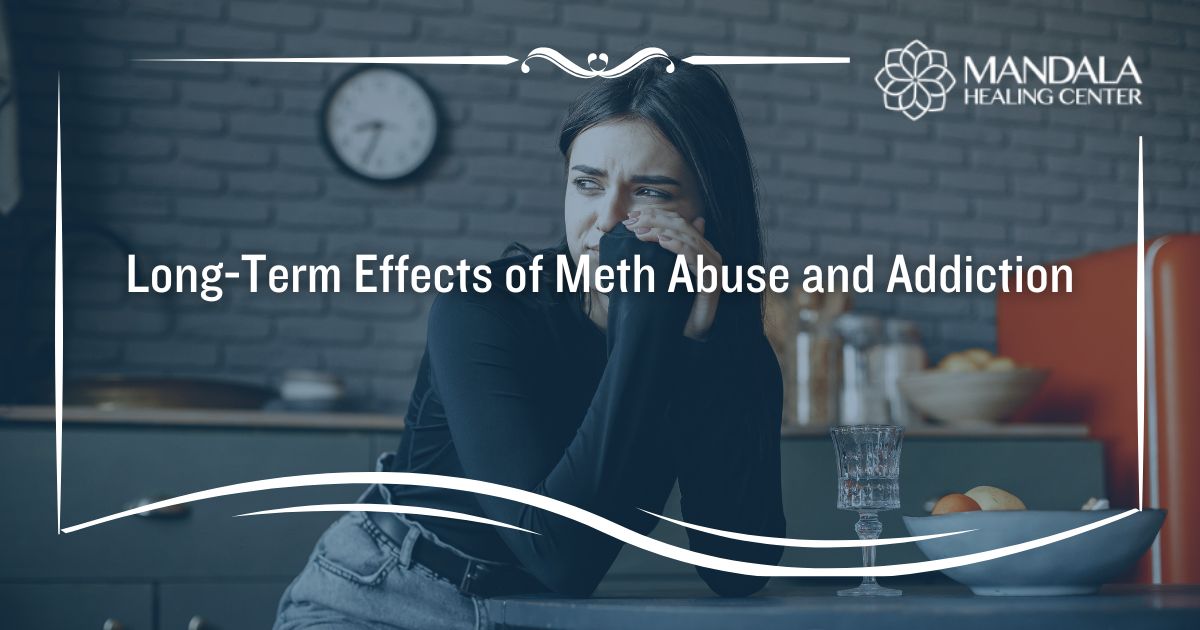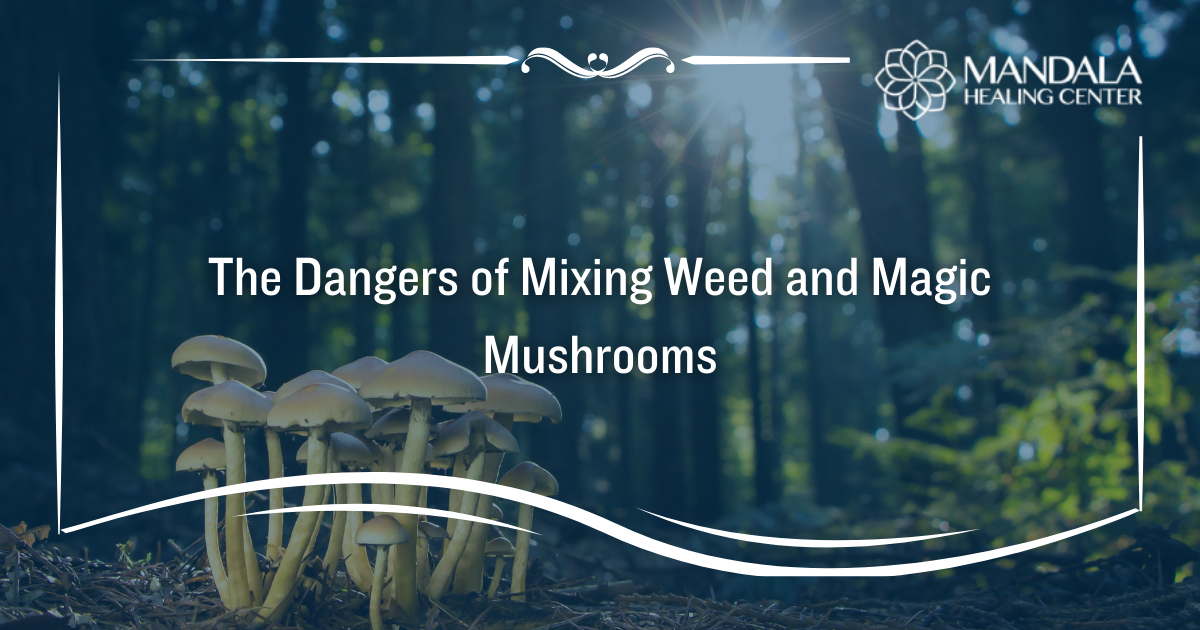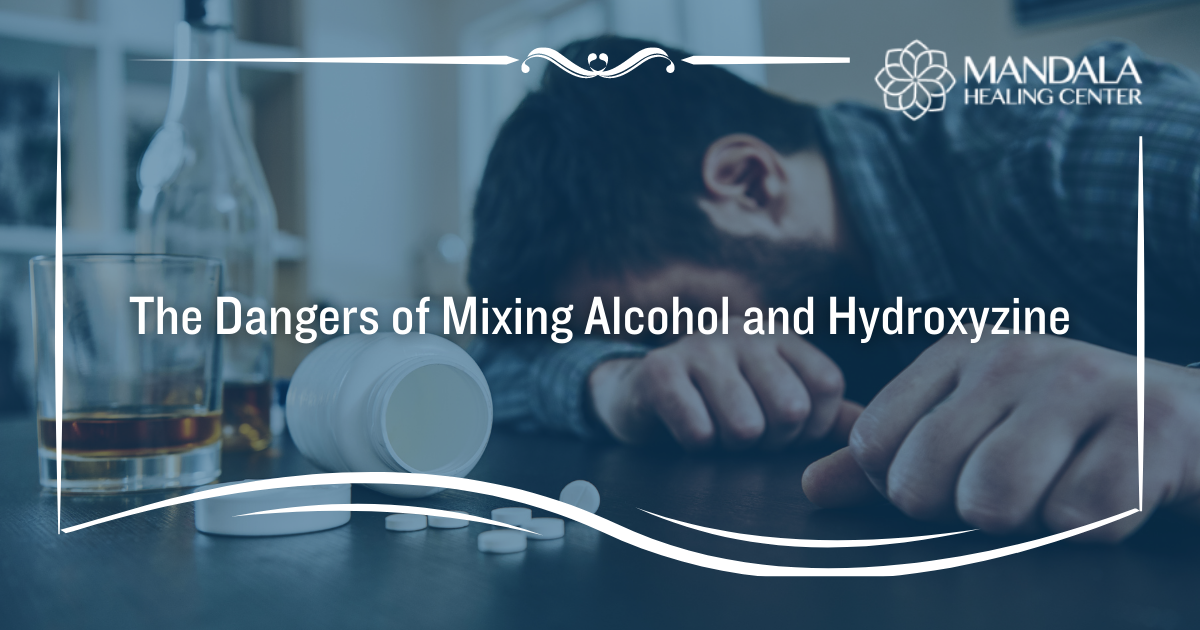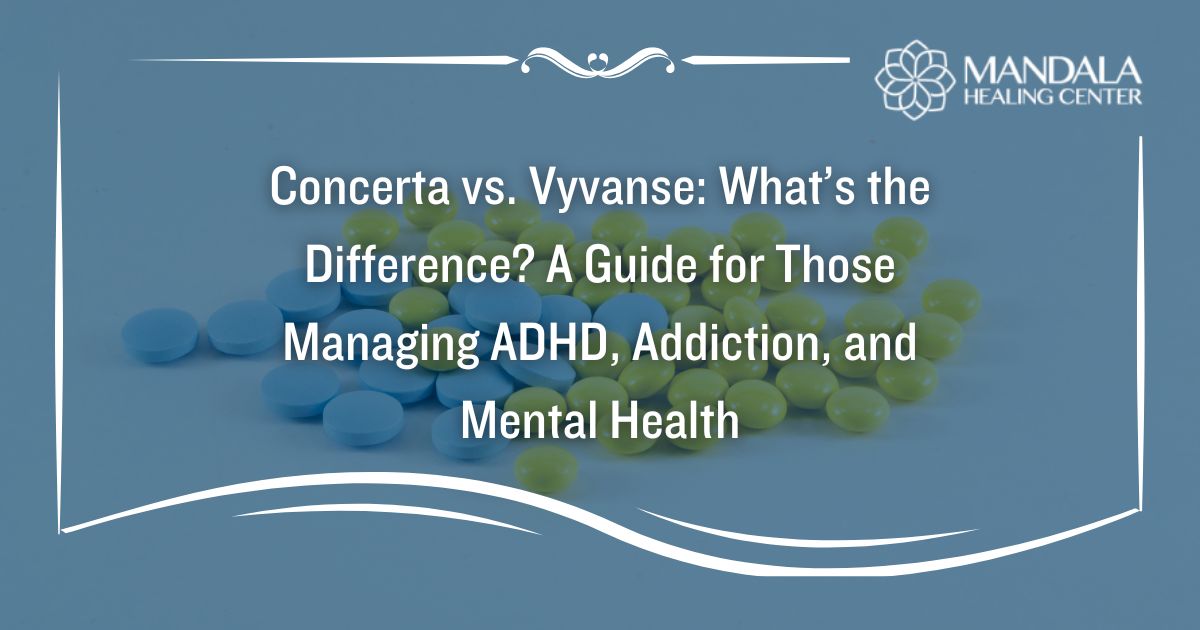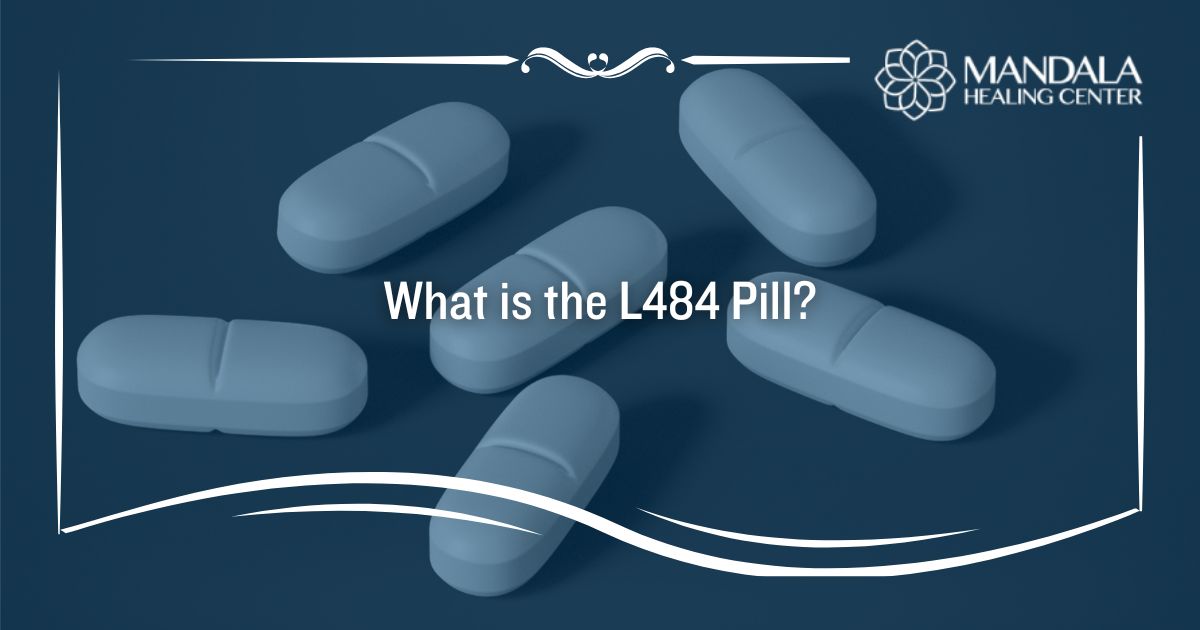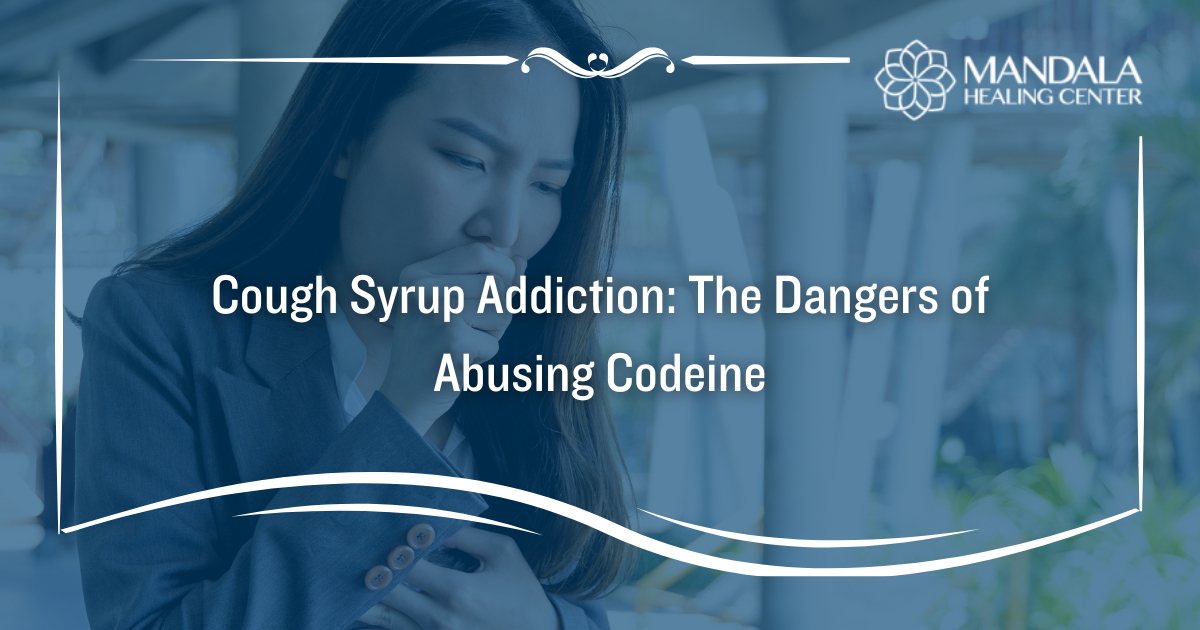Methamphetamine is a central nervous system stimulant that can cause effects like increased energy, fast heart rate, a rush of euphoria, and more.
According to the Substance Abuse and Mental Health Services Administration (SAMHSA), it is available by prescription under the brand name Desoxyn to treat obesity and attention deficit hyperactivity disorder (ADHD).[1] However, people who abuse meth are receiving a street version of the drug, which often contains adulterants and dangerous household chemicals like drain cleaner.
If you abuse methamphetamine, you are likely to develop a substance use disorder. Meth affects the central nervous system and causes you to experience pleasure and reward. After using it a few times, your brain will associate the drug with happiness, causing you to become dependent.
Some of the signs of meth addiction include having a hard time controlling how much crystal meth you use, experiencing urges or cravings to use it, developing a tolerance to meth, and dealing with withdrawal symptoms when you stop methamphetamine use.
Meth addiction can lead to a wide variety of physical and mental health concerns. Some of the long-term effects of meth include a condition referred to as meth mouth, amphetamine or methamphetamine psychosis, severe malnutrition, changes in brain structure, worsened psychiatric disorders, and cardiovascular complications.
In this article, you will learn:
- What is crystal meth?
- What effects does meth cause?
- Does America have a meth problem?
- What are the signs of meth addiction?
- Does meth addiction lead to withdrawal?
- What are the long-term effects of meth?
- How can you recover from meth addiction?
What is Crystal Meth?
Stimulants are a class of drugs that speed up the processes in your brain and body. Examples of stimulants include caffeine, cocaine, and amphetamines. Methamphetamine is also considered a stimulant drug.
Even though meth is used medicinally to treat attention deficit hyperactivity disorder, the Substance Abuse and Mental Health Services Administration reports that it is only prescribed in very low doses.[1] The meth that people abuse on the street is incredibly potent and often contains a variety of dangerous chemicals.
Because meth is addictive and has medicinal uses, it is considered a Schedule II controlled substance.
Meth that is bought and sold on the street is often referred to as crystal meth. This is because it comes in the form of a crystalline substance. Crystal meth can be clear, cloudy, and is usually colorless or slightly white. It can be smoked, snorted, or injected, but smoking it is the most common method of use.
A variety of substances and chemicals are used to produce illicit meth, including:[2]
- Ephedrine or pseudoephedrine
- Red phosphorus
- Hydrochloric acid
- Anhydrous ammonia
- Drain cleaner
- Battery acid
- Lye
- Lantern fuel
- Antifreeze
Because crystal meth contains these chemicals, it is incredibly dangerous to abuse.
If you are engaging in any form of drug abuse, you should seek help from an addiction treatment center. These programs can help you overcome drug abuse by offering medical detox, evidence-based therapies, relapse prevention planning, and more.
What are the Effects of Methamphetamine?
Crystal meth can cause a wide range of effects. Because it speeds up your central nervous system, you might experience intense levels of energy, a fast heart rate, high blood pressure, and more. Crystal meth is so addictive because it causes a rush of euphoria, making you feel emotionally high and overjoyed.
The common effects of crystal meth include:[3]
- Intense rushes of pleasure and euphoria
- Extreme increase in energy
- Lessened need for food and sleep
- Rapid breathing
- Hyperthermia and excessive sweating
- Dilated pupils
- Rapid and irregular heart rate
- Increased blood pressure
- Chest pains
- Mood disturbances like anxiety and irritability
- Repetitive movements (often called tweaking)
- Paranoia and violent behavior
- Periods of insomnia that lead to visual and auditory hallucinations
- Risky behaviors like unprotected sex
Meth abuse can lead to an increased risk of risky behaviors, including binging on other substances, engaging in unprotected sex, or getting into physical altercations due to violent behavior. Crystal meth can have devastating effects on your mental health, often leading to substance-induced psychosis and suicidal ideation.
Because crystal meth is highly addictive, people continue to use it despite the negative side effects it causes. Most methamphetamine users become addicted after using it only once or twice. Unfortunately, long-term drug abuse can lead to a variety of physical and mental health dangers.
Is There a Methamphetamine Problem in the United States?
According to the Drug Enforcement Administration (DEA), “Mexican drug trafficking organizations have become the primary manufacturers and distributors of methamphetamine to cities throughout the United States.”[4] That said, there are also illicit methamphetamine laboratories in America that distribute crystal meth locally.
Because meth is being created in the United States and shipped to us from other countries, there is a significant meth addiction problem.
The Centers for Disease Control and Prevention (CDC) published a study on methamphetamine abuse in the United States. From 2015 to 2018, 1.6 million U.S. adults reported past year use of meth, 52.9% has a meth use disorder, and 22.3% reported injecting the drug.[5]
The Drug Enforcement Administration also released a drug threat assessment for 2024 that mentions drug abuse has shifted from plant-based substances to synthetic drugs like methamphetamine, increasing the risk of life-threatening effects such as overdose.[6]
If you live in a community that is affected by meth addiction, you are at a higher risk of engaging in this type of drug abuse. For example, watching friends, loved ones, and neighbors abuse meth promotes that the behavior is socially acceptable. You’ll also have easier access to the drug, making you more likely to abuse it.
That said, you do not have to fall into a pattern of drug abuse. Instead of allowing methamphetamine to take over your life, pay attention to how it negatively impacts others. Learning about the long-term risks of meth abuse could prevent you from falling into the cycle yourself.
What are the Long-Term Effects of Meth?
Crystal methamphetamine misuse can lead to a wide variety of health risks. It can affect your physical health and your mental health, making chronic methamphetamine use incredibly risky.
Long-Term Health Risks of Meth Use
Long-term methamphetamine use can lead to a variety of physical health concerns, including:
- Meth Mouth – Methamphetamine users often experience severe dental decay because it causes dehydration, lessening the amount of saliva in your mouth and leading to the breakdown of enamel. Other factors that contribute to meth mouth include less of a focus on dental hygiene and grinding of the teeth.
- Organ Damage – Methamphetamine use can lead to liver, kidney, heart, brain, and lung damage. It affects the liver and kidneys because these organs have to flush meth out of your system. Additionally, meth is known to cause changes in the brain structure, lung damage from smoking it, and heart damage due to the stimulant effects it causes.
- Cardiovascular Risks – Because meth is a stimulant, using it in high doses and frequently can lead to a variety of cardiovascular risks. You could experience high blood pressure, arrhythmias, heart attacks, and strokes.
- Weakened Immune System – Meth can weaken your immune system by suppressing white blood cells, leaving you at a higher risk of experiencing infections.
- Malnutrition – Meth acts as a stimulant, which means it can suppress your appetite. Methamphetamine users tend to consume the drug multiple times every day, which means they might not eat for long periods. As a result, you could experience severe weight loss and malnutrition.
- Skin Infections – Methamphetamine use causes people to pick and scratch at their skin (formication), leading to the development of open wounds. Additionally, since long-term meth use also weakens your immune system, you will likely develop skin infections where you have picked. Alternatively, if you inject meth, you might develop skin infections at the injection site.
- Seizures – Meth causes hyperthermia, which can trigger seizures in severe cases. Methamphetamine abusers could also experience seizures during an overdose.
- Overdoses – Methamphetamine abusers tend to binge on the drug. This means they are consuming large doses at once, which can lead to life-threatening overdoses. If you believe someone is overdosing on meth, you should contact 911 immediately.
Long-Term Mental Health Effects of Chronic Methamphetamine Use
Long-term methamphetamine use can also lead to a variety of mental health risks, including:
- Increased Anxiety – Because meth is a stimulant, it can worsen anxiety conditions. It speeds up activity in your brain, contributing to racing thoughts. You could also experience more intense physical symptoms of anxiety, like sweating, heart palpitations, and more.
- Worsened Mental Health Conditions – Psychoactive drugs like meth can worsen pre-existing mental health conditions. Whether you have anxiety, depression, bipolar disorder, schizophrenia, or another illness, meth use will cause your symptoms to become more intense.
- Cognitive Deficits – Meth use can lead to cognitive deficits, like memory loss, trouble concentrating, difficulty finding the right words, executive functioning impairments, and more.
- Psychosis – Meth use is known to lead to substance-induced psychosis. You might experience symptoms like delusional thinking, auditory or visual hallucinations, paranoia, a detachment from reality, and disorganized speech. Some people experience a sensation of bugs crawling under the skin, or meth mites, that causes them to pick at the skin. Psychosis might resolve after the meth has left your system, unless it is stemming from an underlying mental health condition.
- Parkinson’s Disease – Methamphetamine use can damage dopamine-producing neurons in the brain, which is a feature of Parkinson’s disease. While the link between meth and this condition is not fully understood, researchers believe meth use can play a role in developing it.
Signs You Have a Methamphetamine Addiction
When you use meth, especially more than once, your chances of developing a substance use disorder are high. Knowing the signs of methamphetamine addiction can help you determine whether it’s time to seek professional help.
The signs of meth addiction include:
- Using meth for longer or in higher doses than you intended to
- Having a hard time controlling or stopping your substance abuse
- Spending a lot of time obtaining or using meth
- Losing interest in previously enjoyed activities
- Experiencing urges or cravings to abuse crystal meth
- Having a hard time keeping up with responsibilities at home, school, or work because of methamphetamine use
- Continuing to engage in methamphetamine use even though it is causing relationship problems or physical and mental health issues like meth mouth or psychosis
- Engaging in risky behaviors due to methamphetamine use, like unprotected sex or driving under the influence
- Needing to increase your dose of meth to experience the desired effect
- Experiencing withdrawal symptoms when you stop methamphetamine use
If you experience two or more of the above-mentioned symptoms, you are struggling with a meth use disorder. Methamphetamine abuse can cause a long list of physical and mental health issues, ranging from anxiety to methamphetamine psychosis, and insomnia to cardiovascular risks and life-threatening overdoses. If you are a methamphetamine user, you should seek help from a drug rehab program that can provide you with the tools and support you need to recover.
Does Long-Term Meth Use Cause Withdrawal Symptoms?
If you are a methamphetamine user, you might notice that you experience symptoms when you stop consuming it. One of the effects of methamphetamine use disorder is withdrawal. Because your brain and body become accustomed to the presence of meth during addiction, you experience withdrawal symptoms when you stop using it.
The symptoms of meth withdrawal may include:
- Fatigue and a decrease in energy
- Increased appetite and weight gain
- Insomnia or difficulty staying asleep
- Frequent headaches
- General discomfort and body aches
- Feelings of nervousness, unease, and anxiety
- Depression, hopelessness, and suicidal ideation
- Paranoia and unjustified distrust of others
- Intense cravings or urges to abuse meth
- Trouble concentrating
- Short-term memory issues
- Confusion and disorientation
Crystal methamphetamine users will experience withdrawal within 24 to 48 hours of their last high. The peak or most intense symptoms of withdrawal will occur in the 4 to 10-day window. Your withdrawal symptoms will usually subside within 2 to 4 weeks of your last dose.
Because meth withdrawal can last so long, you must seek help from a drug rehab program. You’ll receive medical detox care, which involves the use of medications to lessen the severity of your withdrawal symptoms and cravings. Attending detox increases your chances of achieving long-term sobriety from crystal meth.
How Can You Recover From Meth Addiction?
While the long-term effects of methamphetamine use can be severe, it is possible to recover. Some complications, like organ damage, might require extensive treatment; however, attending a drug rehab center will prevent you from developing these risks.
Meth addiction treatment centers help you recover by offering the following services:
In-Depth Assessment
The first step in a meth rehab center is an in-depth assessment. Your treatment team will ask you questions about your physical and mental health as well as your history of methamphetamine abuse. The information they gather will be used to create an individualized treatment plan.
Your treatment plan might include information like how long you need care, what level of treatment you need, whether you require specialty services like co-occurring disorder treatment, and more. They’ll also take a look at how they can help you recover from the long-term effects of methamphetamine.
Medical Detox
Once your treatment plan is created, you will begin medical detox. Detox helps you recover from the effects of methamphetamine abuse by providing medications to lessen withdrawal symptoms and cravings. You’ll also receive 24/7 monitoring and treatment from healthcare professionals.
Because the psychological symptoms of methamphetamine withdrawal can be severe, you’ll have constant access to a mental health professional. They can help you overcome cravings, deal with anxiety, and give you advice on how to get better sleep.
Evidence-Based Therapies
Methamphetamine abuse can be difficult to overcome. You’ll have to unlearn negative behavioral patterns, identify the root causes of your substance abuse, and develop healthy coping mechanisms to prevent you from relapsing in the future. Evidence-based behavioral therapies make all of this possible.
Examples of evidence-based therapies that can help you recover from methamphetamine abuse include:[7]
- Cognitive behavioral therapy (CBT)
- Motivational interviewing (MI)
- Contingency management (CM)
- 12-step facilitation therapy
- The matrix model
- Family behavior therapy
You’ll engage in these therapies during individual and group counseling. Your therapist might also suggest that you participate in family therapy to improve the amount of support you have at home.
Co-Occurring Disorder Treatment
Many people who struggle with methamphetamine abuse also have a co-occurring mental health condition. If you have anxiety, depression, bipolar disorder, PTSD, or another illness, your meth rehab center might offer you co-occurring disorder treatment.
Depending on what mental health condition you have and how severe your symptoms are, you might need both therapy and medication. Because you are recovering from addiction, the medications you are prescribed will be non-habit-forming to ensure you are not triggered.
Treating underlying mental health conditions makes it easier to stay sober in the long run. For example, if you leave a mental illness untreated, it could cause you to begin abusing drugs and alcohol to cope with your symptoms. In other words, co-occurring disorder treatment prevents relapses.
Relapse Prevention and Aftercare
Meth users often have a hard time staying sober, as it’s one of the hardest drugs to quit. Thankfully, relapse does not have to be a part of your story. With relapse prevention planning, you can develop the tools and skills you need to maintain long-term recovery.
During relapse prevention planning, you’ll identify potential triggers for relapse and develop specific coping mechanisms that work for you. You’ll also create a plan of action to use in case you experience a slip-up in the future. This plan might involve returning to treatment, going to detox, or increasing your attendance at recovery support groups.
Aftercare is a huge part of relapse prevention. It provides you with services after you finish treatment to keep you connected to recovery. You might receive the following aftercare services:
- Continued therapy
- Medication management
- Access to an alumni support group
- Referrals to outpatient or sober living programs
- Recommendations on local support groups, like 12-step meetings
- Case management services, like life skills training or vocational assistance
Find Help for Methamphetamine Abuse and Addiction
If you or a loved one suffers from meth addiction, it’s time to seek professional help. At the Mandala Healing Center, we offer an in-depth and comprehensive addiction treatment program to help our clients achieve long-term recovery. Whether you need medical detox or co-occurring disorder treatment, we can help you recover and meet your goals.
Why Choose The Mandala Healing Center? Clients are taken on a journey of healing through complete immersion into evidence-based clinical modalities, multifaceted alternative therapies, and expert medical management, allowing them to fully detox and recover from drug and alcohol addictions. Through a program of care designed to encourage change, a foundation is created that allows clients to find their higher purpose and reclaim their lives.
Contact us today for more information on our meth addiction treatment center in West Palm Beach.
References:
- The Substance Abuse and Mental Health Services Administration (SAMHSA): Methamphetamine Awareness Day
- Sacramento County: Meth Fact Sheet
- Science Direct: Methamphetamine: Effects on the brain, gut, and immune system
- The Drug Enforcement Administration (DEA): Drug Fact Sheet: Methamphetamine
- The Centers for Disease Control and Prevention (CDC): Patterns and Characteristics of Methamphetamine Use Among Adults
- The Drug Enforcement Administration (DEA): DEA Releases 2024 National Drug Threat Assessment
- Science Direct: Evidence-based practices for substance use disorders


